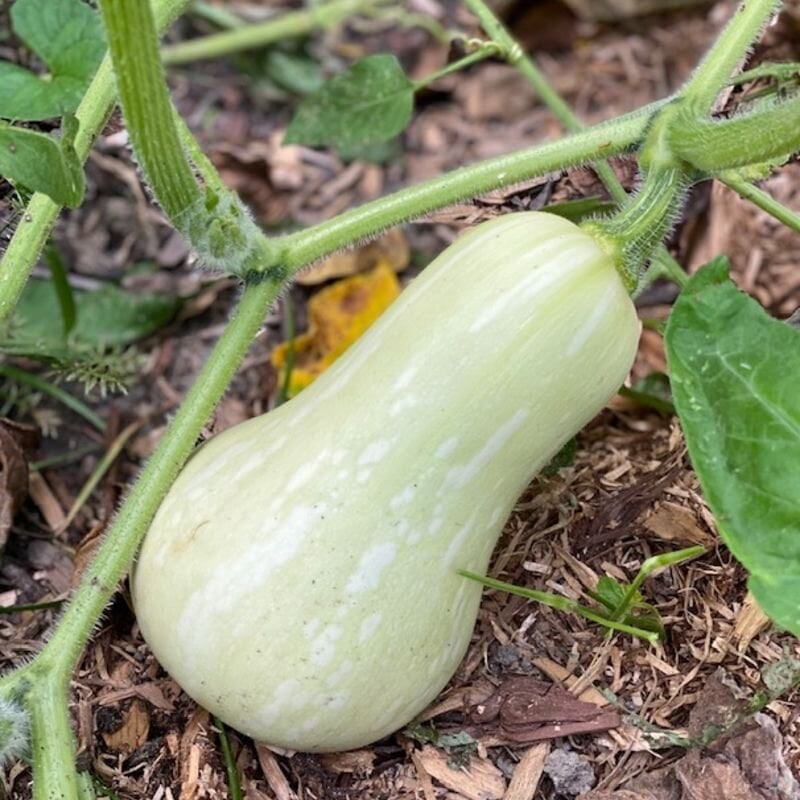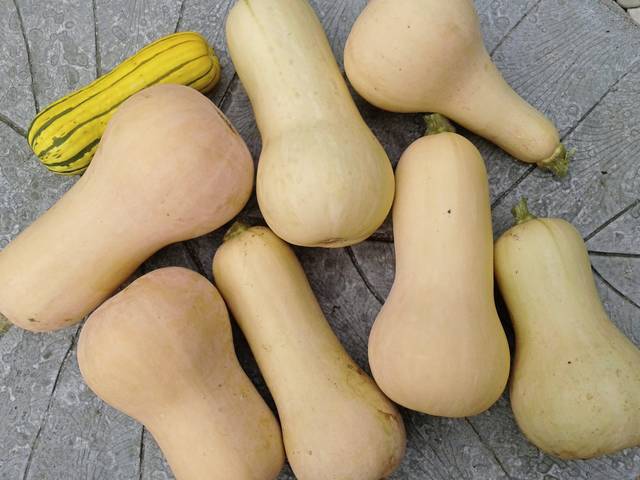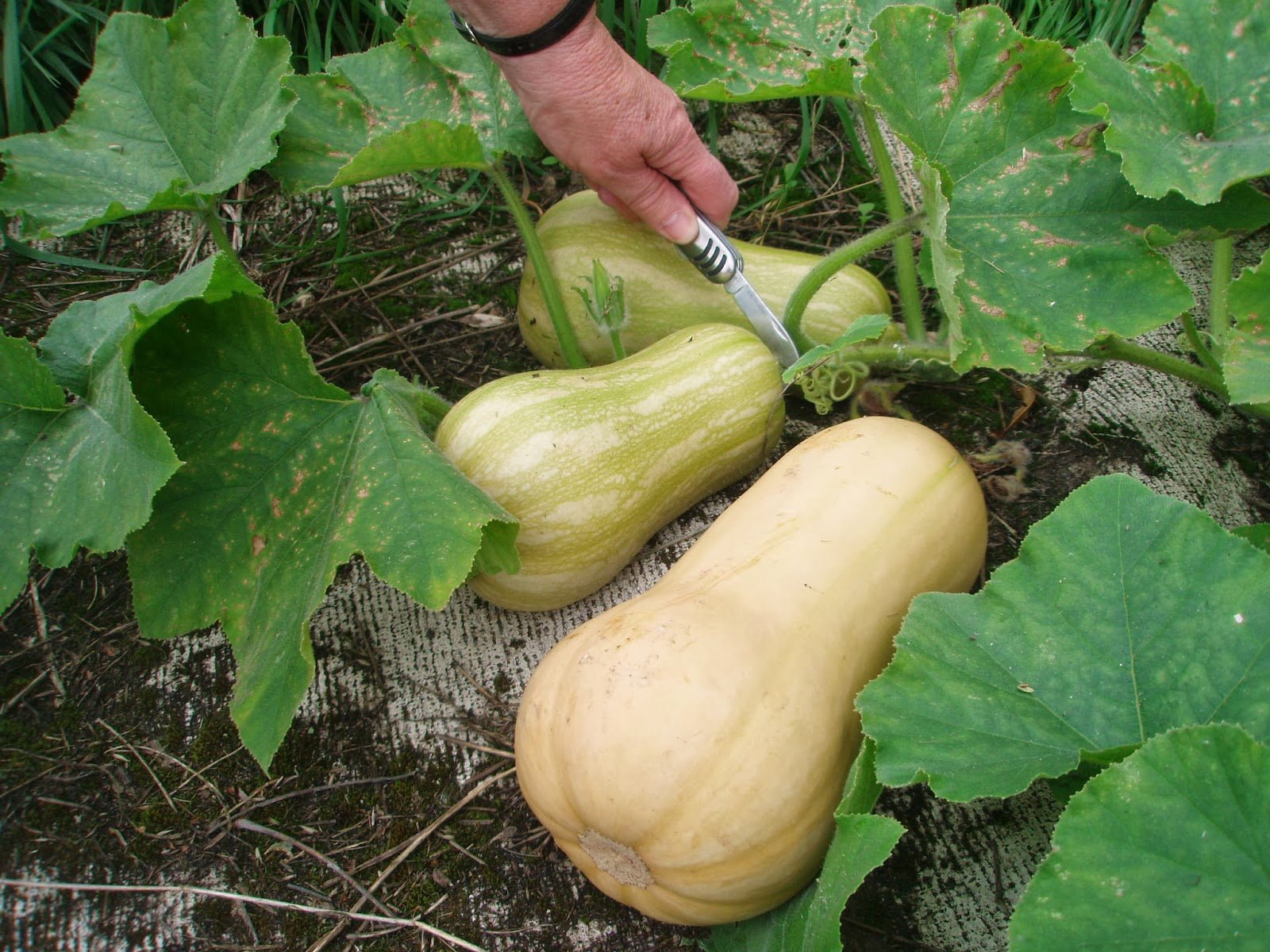Are you a fan of growing your own vegetables and want to know the perfect time to harvest your butternut squash? Look no further! In this article, we will guide you through the signs and indicators that tell you when your butternut squash is ready to be harvested. From examining the color and texture of the skin to monitoring the vine and stem, we’ve got you covered. So, grab your gardening tools and get ready to enjoy the bountiful harvest!

Factors that Influence Harvest Time
Harvesting butternut squash at the right time is crucial to ensure that it reaches its maximum flavor and quality. Several factors play a significant role in determining when it is time to harvest your butternut squash. By understanding and observing these factors, you can ensure that you pick your squash at the peak of its ripeness. The key factors that influence the harvest time of butternut squash include the color of the squash, vine condition, days to maturity, and weather conditions.
Observing the Color of the Squash
The color of butternut squash is a reliable indicator of its readiness for harvest. When the squash is fully ripened, its skin develops a deep tan or beige color. The darker the color, the riper the squash. Ripe butternut squash will also have a matte finish, as opposed to a shiny or glossy appearance. To assess the color, closely examine the entire surface of the squash, including the stem end and blossom end.

Checking the Vine Condition
Vine condition is another important factor to consider when determining the optimal time for harvesting butternut squash. Inspect the stem attached to the squash to ensure it is dry and brown. A green or moist stem indicates that the squash is not ready. Additionally, monitor the vine growth to ensure that it has stopped or slowed down. A vine that continues to grow rapidly suggests that the squash is not yet mature.
Consideration of Days to Maturity
The number of days to maturity specified on the seed packet or plant label can serve as a helpful guideline in determining when to harvest butternut squash. This information provides an estimate of the average number of days it takes for the fruit to reach maturity from the time of planting. It is important to note that this estimate may vary depending on weather conditions and other factors. However, referencing the days to maturity can give you a general timeline to keep in mind.

Accounting for Weather Conditions
Weather conditions can significantly impact the harvest time of butternut squash. Late season frost poses a risk to the squash, as it can cause damage and hinder the ripening process. If frost is expected, it is advisable to harvest the squash before the frost arrives. Excessive rainfall can also affect the quality of the squash, potentially leading to rot or other damage. In contrast, drought conditions may cause the squash to mature faster. Monitoring weather patterns and making adjustments accordingly is essential for determining the ideal harvest time.
Assessing the Squash Size
The size of butternut squash can provide valuable insights into its readiness for harvest. While size alone is not a foolproof indicator, it can be used as a general guideline. When the squash reaches its average mature size, it is likely ready for harvest. Mature butternut squash typically measures around 8 to 12 inches in length, with a weight ranging between 2 and 5 pounds. Weighing the squash can give you a more accurate assessment of its size and maturity.

Performing the Knock Test
The knock test is a simple yet effective method to determine if butternut squash is ready to be harvested. To perform this test, gently tap the squash with your knuckles or flick it with your fingers. If the squash produces a hollow sound, it is a good indication that it is mature and ready for harvest. Conversely, if the sound is dull and lacks resonance, the squash may still need more time to ripen on the vine.
Inspecting the Squash Skin
Several attributes of the squash skin can be evaluated to assess its readiness for harvest. Firstly, check the firmness and hardness of the skin. Ripe butternut squash will have a firm skin that does not yield to gentle pressure. Additionally, observe the color and glossiness of the skin. A mature squash will have a consistent beige or tan color with a matte finish. Lastly, examine the texture and uniformity of the skin. A smooth and evenly textured skin is an indication of maturity.

Harvesting the Squash
When it’s time to harvest your butternut squash, care must be taken to ensure that the fruit is properly cut from the vine. Use a sharp knife or pruning shears to cut the stem of the squash approximately one inch above the fruit. Be cautious not to damage the fruit or leave too long of a stem, as this can lead to rot or other storage issues. Once harvested, gently place the squash in a basket or container, taking care not to drop or mishandle it.
Storing and Ripening the Squash
After harvesting, butternut squash requires proper storage and ripening to maximize its flavor and quality. Begin by curing the squash, which involves placing it in a warm and well-ventilated area for a period of one to two weeks. This process toughens the skin, improves flavor, and enhances storage life. Once cured, select an ideal storage location that is cool, dark, and dry, such as a cellar or pantry. Ensure that the squash is stored away from fruits that produce ethylene gas, as it can accelerate ripening. Over time, the butternut squash will gradually ripen and become sweeter.
In conclusion, determining the right time to harvest butternut squash involves considering various factors such as color, vine condition, days to maturity, weather conditions, size, and characteristics of the fruit. By observing and evaluating these factors, you can ensure that your butternut squash is picked at the peak of its ripeness, resulting in a flavorful and enjoyable culinary experience. With proper harvesting techniques and storage practices, you can savor the delicious taste of butternut squash throughout the year. Happy harvesting!



